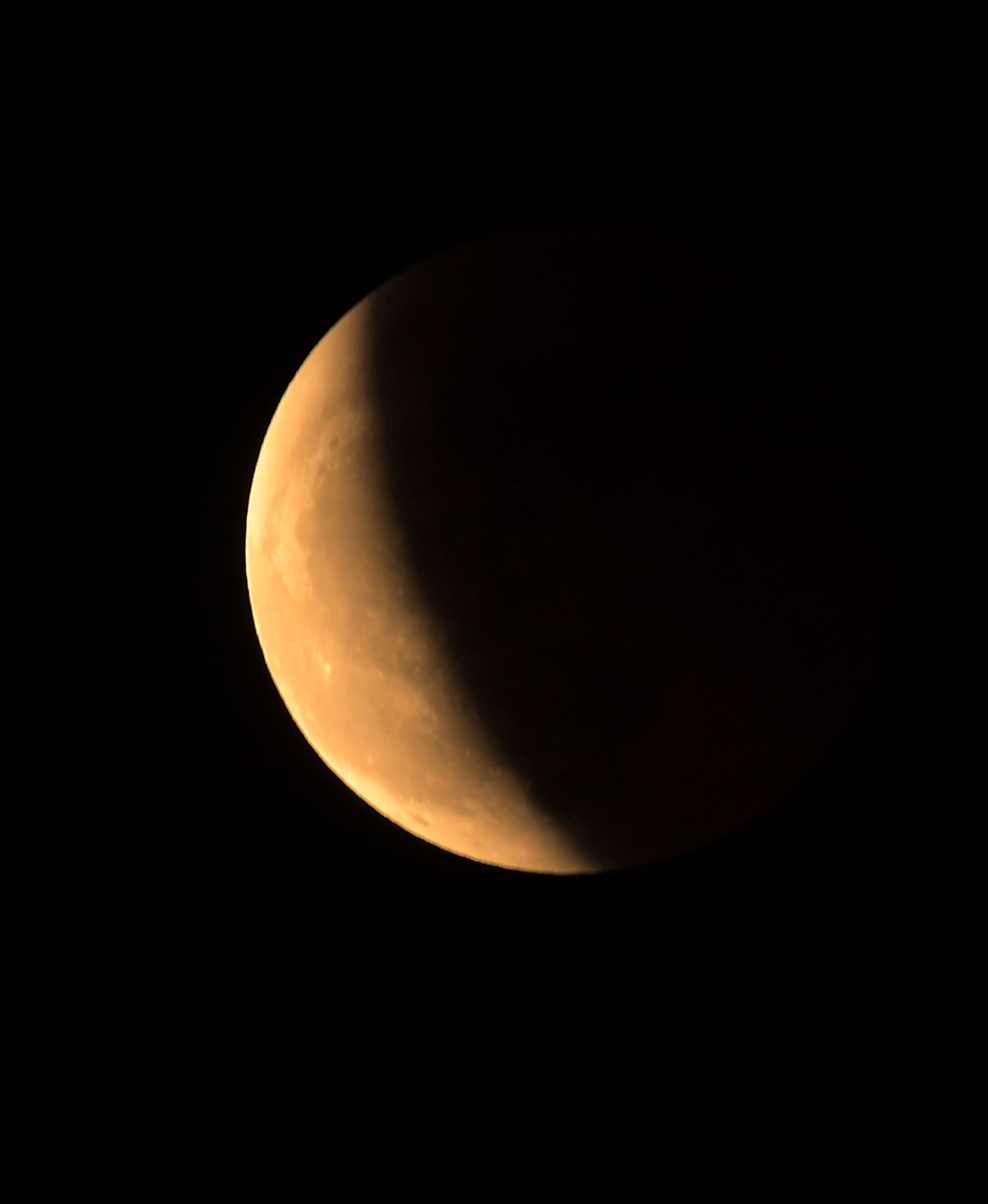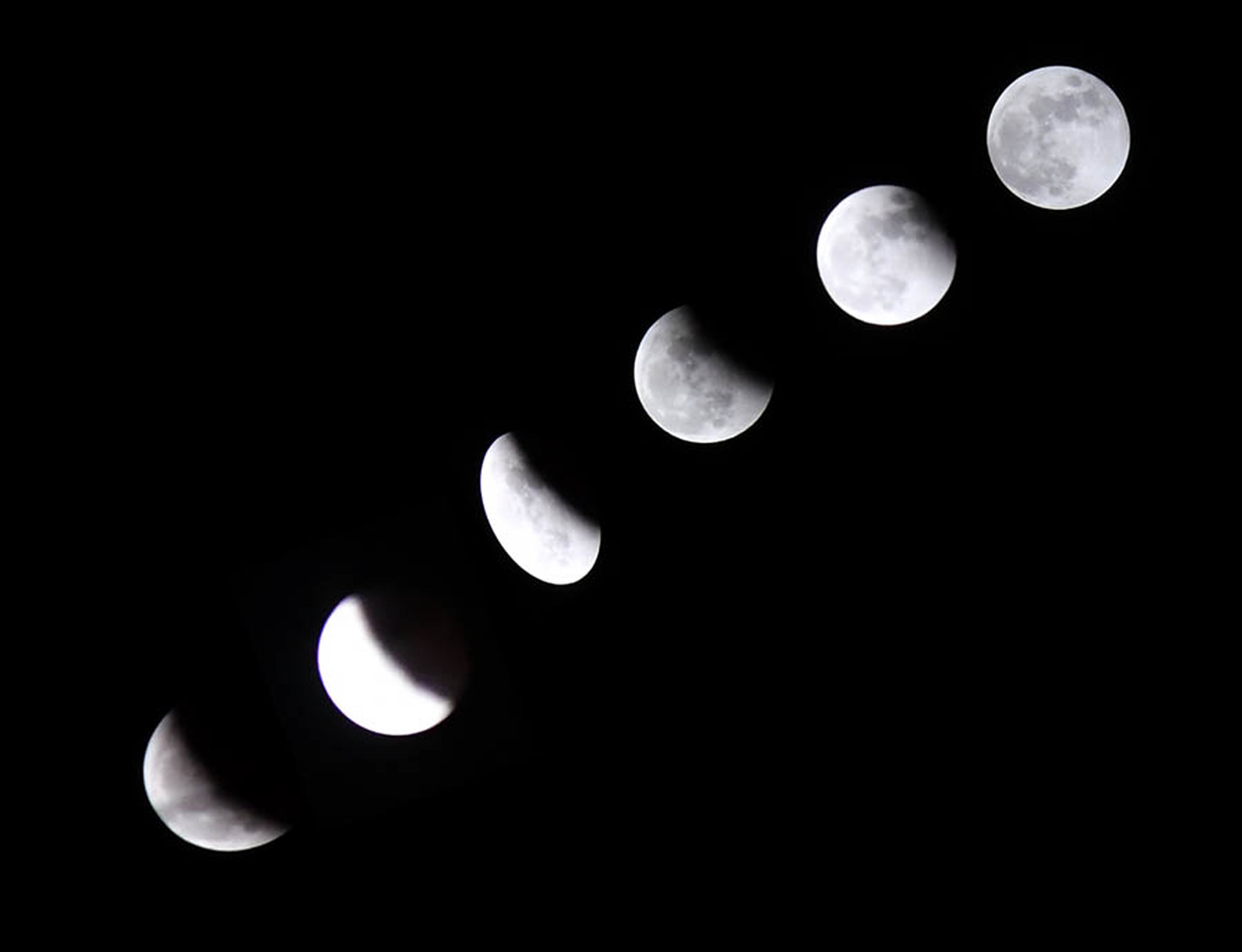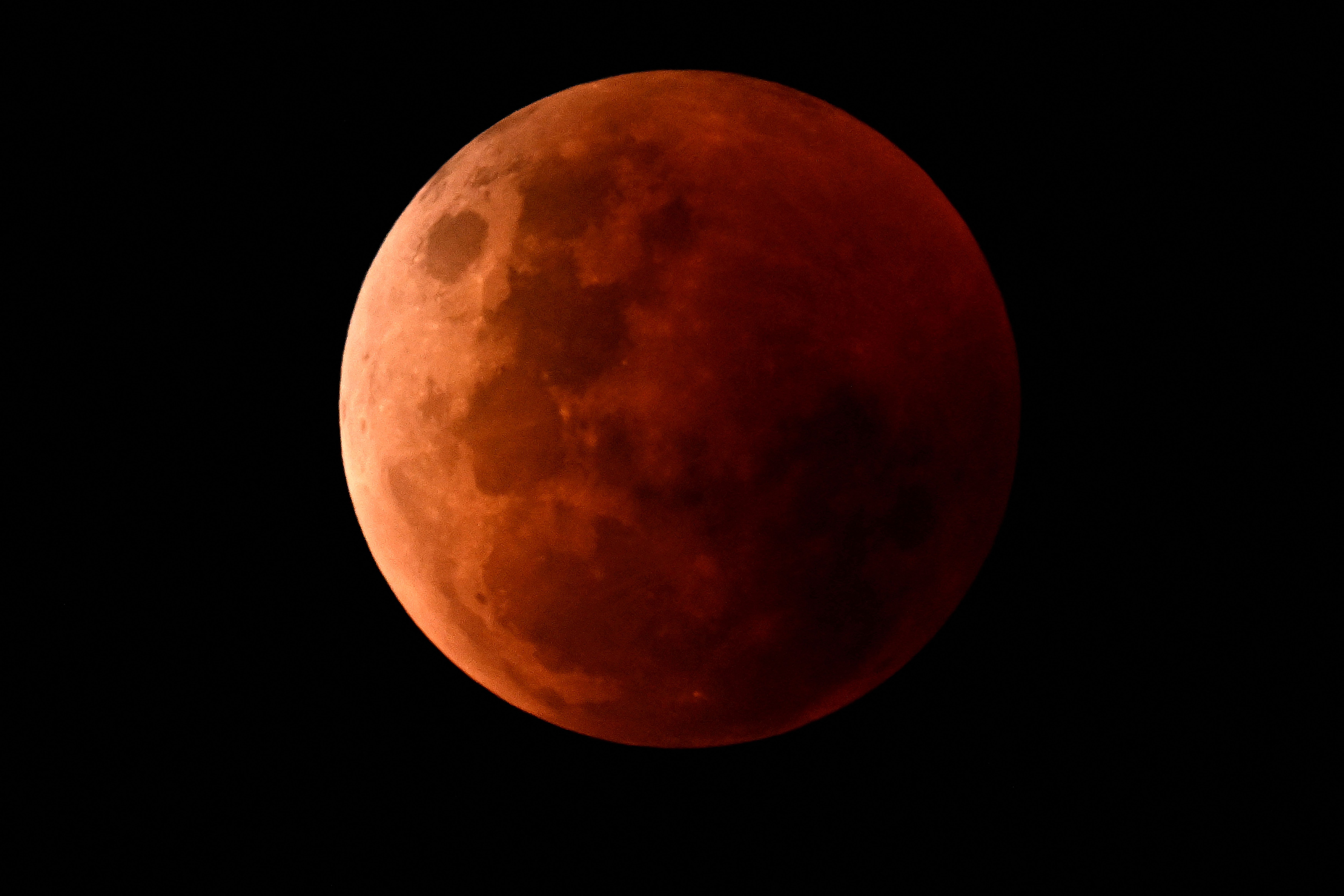What is a lunar eclipse? NASA explains
NASA says that there are two types of eclipses: lunar and solar. During a lunar eclipse, Earth’s shadow obscures the Moon. During a solar eclipse, the Moon blocks the Sun from view on Earth.









First Published Date: 06 Feb, 12:18 IST
NEXT ARTICLE BEGINS
































